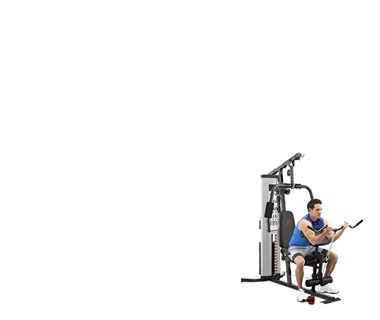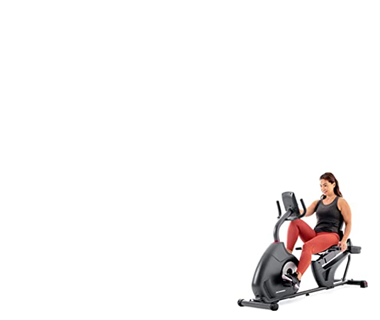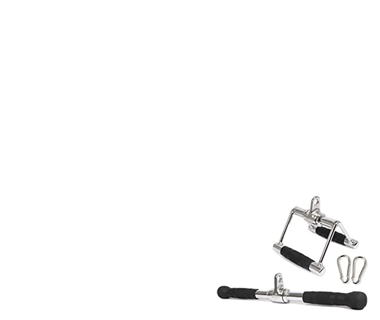The Switch Grip Pullup: How To, Benefits, Muscles Trained Leave a comment
Ahh, the humble pullup. It never lies to you—you can either do it or not, and there is no “it’s all you, bro” as the spotter sometimes peels the bar from the lifter’s chest. As great as the overhead and bench press are for the upper body, pullups and chinups are the best upper-body relative strength tests ever. Like I said, it’s all you, but there are multiple pullup and chinup variations that can build your upper body strentch more effective than your standard pullup case in point the switch grip pullup.
This classic variation gets neglected at times even though it may be the best pullup variation that you’ve missed and your upper body strength is in desperate need of. So let’s dive into the best pullup variation you are not doing: the switch grip pullup.
What is the Switch Grip Pullup
Everything else about the switch grip pullup is the same as a standard chinup/pullup, except for two crucial differences. First, it’s the grip with one hand overhand and the other underhand. Second, this variation engages the obliques more because pulling with a mixed grip causes the upper body to rotate to one side, and your love handles stop this from happening.
How to Perform The Switch Grip Pullup
Here’s the method for performing the switch grip pullup with proper form.
Take a shoulder-width underhanded grip with one hand and an overhand grip with the other.
Grip tight and get into the dead hang position.
Start the pull by driving your shoulder blades down into the back pockets of your pants. Resist the urge to rotate the upper body.
Pull your upper chest to the bar, keeping your shoulders down and chest up.
Slowly lower to the starting position, reset, and repeat.
Muscles Trained By The Switch Grip Pullup
When you think of switch-grip chin-ups, you think of a back and biceps workout. But there’s more to this than meets the biceps. Switch-grip chin-ups engage multiple muscles, delivering a full-body workout.
Let’s break down the key players below:
Trapezius (Traps):
Originating from the neck down to the thoracic spine, they play a crucial role in chin-ups by facilitating scapula adduction, elevation, depression, and outward rotation.
Latissimus Dorsi (Lats):
The lats spread from the scapula and thoracic spine down to the lumbar spine and attach to the humerus. Their main functions during the switch grip chin-ups include shoulder extension and adduction.
Rhomboids:
They originate from the cervical (neck) vertebrae and attach to the scapula. They drive scapula adduction, pulling your body upwards.
Teres Major (Little Lat)
It extends from the scapula’s lateral border to the humerus, aiding your chin-up performance.
Scapular & Shoulder Stabilizers
The scapula, connecting the arm bone and clavicle at the A/C joint, anchors 17 upper body muscles, including vital shoulder stabilizers like the Serratus Anterior.
Biceps
Thanks to their attachment from the scapula to the radius bone below the elbow, they assist with shoulder extension and elbow flexion.
Abdominals
Often overlooked in pullups, your abs—including the rectus abdominis, obliques, and transverse abdominals—stabilize your spine during the pull and descent.
Forearms:
Enable a firm grip and assist in elbow flexion, contributing to stronger, more popeye-like forearms.
Benefits of the Switch Grip Pullup Exercise
We all know pulluups add muscle to help you get the desired lat spread. However, switching it up brings three significant benefits.
Improved Grip Strength
The switch grip pullup demands more from your grip by distributing the workload unevenly between your hands. This uneven distribution challenges your forearms and hand muscles in new ways, leading to improved overall grip strength.
Strengthen Muscle Imbalances
Alternating grips improves muscle development and helps correct muscle asymmetries. If you notice you’re favoring one side over the other with your pullups, performing switch grip pullups will help because the underhand grip (our strongest grip), on the other hand, will allow the overhand side to become stronger. Plus, you hit the lats and upper back at different angles for better wings.
Reduced Wrist Strain
The mixed grip of the switch grip pullup alleviates some of this strain by distributing the stress differently across your wrists. This grip variation benefits those who experience wrist pain or discomfort during traditional pullups.
StratfordProductions
Switch Grip Pullup Common Mistakes
Switch grip pullups are challenging; some might take shortcuts to reach the bar. However, to maximize your gains, avoid these common mistakes.
Not Using the Full Range of Motion
It is crucial to perform a switch grip pullup with a full range of motion (ROM). Begin from a dead hang position with a slight bend in your elbows. You’re almost done when your upper chest is near the bar and your chin is slightly over it. If you struggle with full ROM, pause the set or try a regression like the band-assisted variation.
Not Starting With Your Shoulder Blades
You’re missing out on gains if you’re not engaging your shoulder blades and the beginning of the movement. If this happens, you’re overusing your biceps and underusing your back. To correct this, initiate the pull by driving your shoulder blades into your back pocket and keeping your shoulders down and chest up throughout the exercise.
Using Too Much Momentum
A little momentum is okay, but too much turns this into a kipping pullup. Excessive momentum reduces muscle tension and can risk joint injury due to lack of control. Focus on doing controlled reps and not too much body English to complete the job.
Programming Suggestions
Due to the grip demands and the need to switch sides, this variation should be performed instead of your usual vertical pulling variation at the beginning of your program. Cut the average amount of chin-ups you can do in half, rest a little, and then switch grips. That is one set, and anywhere from two to four sets of 4 to eight reps is a good starting point.




